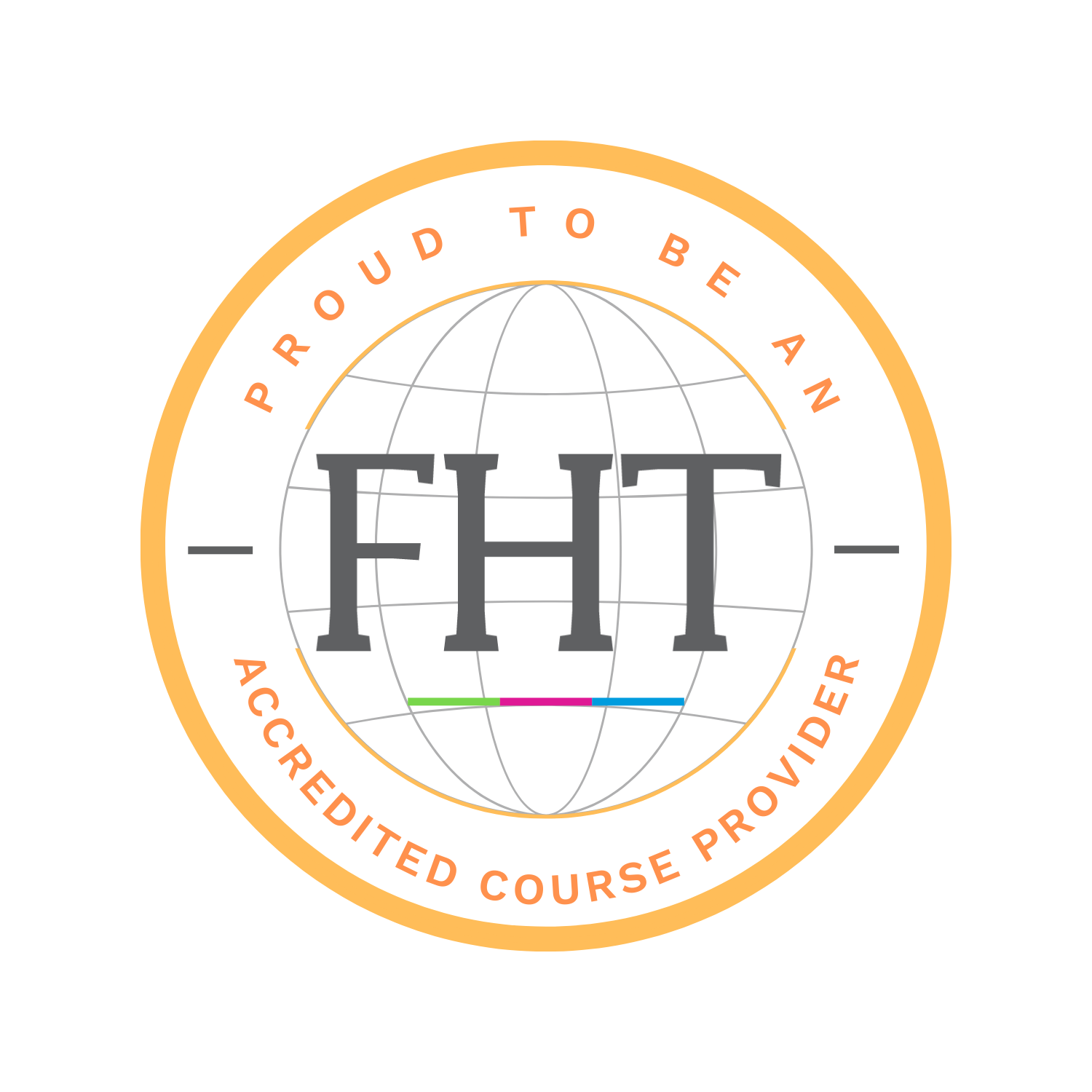Frequently asked questions
Osteopaths can use acupuncture and dry needling as part of their usual practice after completing our Medical Acupuncture & Dry Needling Foundation Course. Once successfully completed, we ensure that our foundation course delegates can use acupuncture and dry needling as part of their everyday practice safely, confidently and effectively.
Typically, our foundation level acupuncture and dry needling courses take osteopaths around one to two months to complete. The online component of our course can be completed in your own time, at your own pace, whilst the in-person workshop is conducted across three days.
Following the foundation course, osteopaths may decide to advance their training further through one of our online or in-person CPD training courses. Our popular Advanced Skills in Acupuncture Course comprises an online component, as well as a two day in-person training event.
Studying acupuncture and dry needling presents several opportunities for osteopaths, enhancing their practice and patient care in various ways:
Pain Management: Acupuncture and dry needling is an effective method for managing pain, which is a common concern in osteopathy. Osteopaths can use acupuncture to provide additional pain relief options for patients dealing with musculoskeletal discomfort or chronic pain.
Complementary Therapy: Acupuncture and dry needling can complement traditional osteopathic treatments and interventions, offering patients an alternative approach to pain relief, relaxation, and healing.
Holistic Approach: Acupuncture aligns with the holistic philosophy of osteopathy, focusing on the interconnectedness of the body and promoting natural healing. By incorporating acupuncture, osteopaths can offer a more comprehensive and patient-centred approach to care.
Diversified Services: Offering acupuncture and dry needling allows osteopaths to diversify their services, making their practice more appealing to a broader range of patients seeking alternative or complementary therapies.
Improved Patient Outcomes: The use of acupuncture can lead to quicker recovery, increased patient comfort, and higher levels of patient satisfaction.
Preventing Recurrence: Acupuncture and dry needling can help address underlying imbalances in the body that may contribute to certain musculoskeletal conditions, potentially reducing the risk of future issues.
It is becoming more common for osteopaths to incorporate both acupuncture and dry needling into their practice. The integration of these complementary therapies is on the rise within the field of osteopathy. Osteopaths are increasingly recognising the value of offering patients a comprehensive range of treatment options, including acupuncture and dry needling, especially for musculoskeletal conditions, pain management, and rehabilitation.
This growing trend reflects the demand for holistic and integrative approaches to musculoskeletal care. Acupuncture and dry needling provide targeted pain relief, relaxation, and improved muscle function, making them valuable additions to traditional osteopathic techniques. The combined use of these therapies is contributing to a more patient-centred and well-rounded approach to musculoskeletal healthcare, ultimately leading to improved patient outcomes. Osteopaths are increasingly incorporating acupuncture and dry needling into their practice to offer a more comprehensive and effective approach to patient care.
Osteopathy and acupuncture can complement each other effectively, offering a holistic and comprehensive approach to patient care. Both disciplines share a focus on the interconnectedness of the body and natural healing, making them well-suited to work together. Osteopaths address musculoskeletal imbalances and structural issues, while acupuncture stimulates the body's inherent pain relief mechanisms. This combined approach allows for targeted pain management and enhanced patient comfort, addressing not only physical symptoms but also emotional and psychological well-being. By integrating osteopathy and acupuncture, patients can benefit from a well-rounded and patient-centred approach to musculoskeletal healthcare, potentially leading to improved outcomes and overall well-being.
The collaboration between osteopathy and acupuncture can provide patients with more personalised and effective treatment plans. Acupuncture can complement traditional osteopathic treatments, offering an additional avenue for pain relief, relaxation, and healing. This integrated approach can be particularly beneficial in rehabilitation programs, helping patients regain muscle strength, mobility, and function after injuries or surgeries. Additionally, the non-invasive and drug-free nature of both therapies provides natural and minimally discomforting options for pain management and recovery. By working together, osteopathy and acupuncture can create a synergistic treatment environment that addresses a wide range of musculoskeletal issues, ultimately leading to improved patient outcomes and overall well-being.

